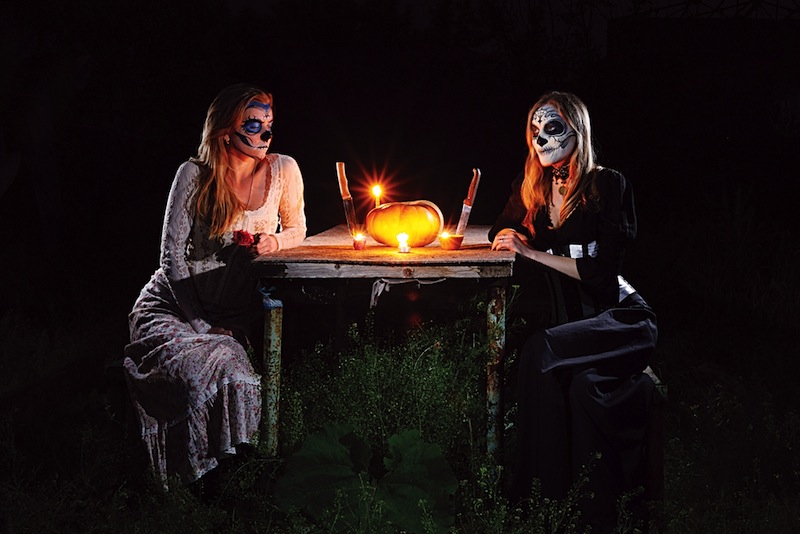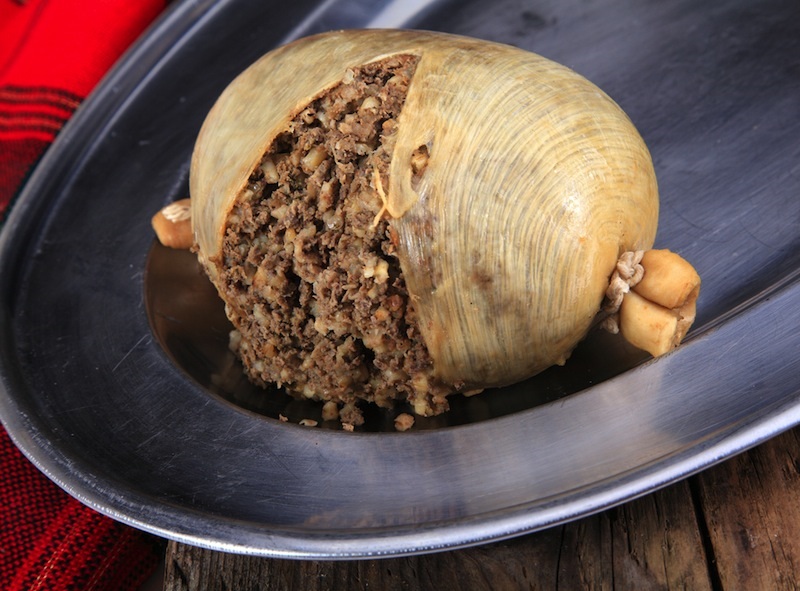5 Grotesque Dishes for Halloween

One idea for a Halloween dinner party could involve asking your guests to dress up in gothic gowns, and decking out your house to look like Dracula's castle. If you are into such a plan, here are five strange and spooky dishes from around the world to put on the table.
Although these dishes are not usually prepared for any specific rituals or holidays, cultures from around the world have invented the recipes — perhaps grotesque, but still tasty — out of what seems to be a rather dark imagination, making them quite suitable for Halloween. And if they're not enough on their own, you can always serve with a side of snails, fried bats or puppy-sized goliath spiders.
Pressed duck
In the mood for French delicacy? Pressed duck is one traditional dish, but it is far from delicate. A specialty of Rouen in France, pressed duck was popularized by the high-end Parisian restaurant La Tour D'Argent.
The recipe dates back to 19th century and is relatively easy to carry out, as long as you have nerves of steel. The dish is partly prepared where it's to be served, in front of the guests. It consists of a duck, which is killed by strangling, to keep as much blood within the bird as possible. The duck is then roasted for about 20 minutes, and the breasts are cut and put on a plate. Then the whole carcass is put into a special cylinder made of silver, which looks more like a medieval torture device. Then a press is applied to extract the blood and juices. The resulting sauce is cooked with a touch of wine and lemon juice, and is then poured on the breast meat. Voila!
Sheep's head
What is scarier than half of a face on your plate? This Norwegian dish is usually eaten around Christmas, but it may be more suitable for Halloween. It is called Smalahove, and is basically salted, smoked and cooked sheep's head.
Get the world’s most fascinating discoveries delivered straight to your inbox.
The recipe is straightforward. The head is first burned over fire to remove the hair. Then it's cooked. Sometimes the brain is removed, but the eye is scooped out and eaten, along with the delicate cheek muscles. One head serves two. [Halloween's Top 10 Scary Creatures]
Sheep hooves
Sheep hooves, also called Khash or Kaleh Pacheh, are a traditional dish in Iran, Turkey and neighboring countries. The dish consists of boiled sheep's hooves and its broth. Sometimes the entire head and intestines are thrown in as well.
Traditionally, this ominous dish is served only during the dark early hours of the day, from 3 a.m. until just before dawn.
Haggis
This Scottish dish sounds like a lot of work to prepare: Sheep's lung, heart and liver are minced with onion and oatmeal, then stuffed into sheep's stomach.
Stuffed camel
This gigantic dish is said to have been traditionally served at the weddings of Arab sheikhs in Saudi Arabia, but skeptics say it may be merely a product of fiction, seen only in Arabic folklore. The dish consists of a medium-sized whole camel stuffed with a whole sheep, which is itself stuffed with whole chickens, rice, dates and eggs. Whether this dish is real or not, its recipe is mentioned in a few cookbooks. And "roasted camel" was named the largest item on any food menu in the 1997 edition of the "Guinness Book of World Records."
Email Bahar Gholipour. Follow Live Science @livescience, Facebook & Google+. Originally published on Live Science.






